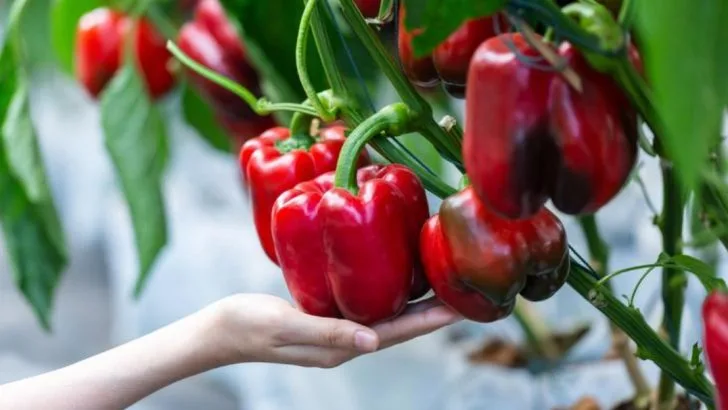Sun-scorched soil? Bring it on. Some veggies don’t just survive the heat—they throw a party in it. While delicate greens wilt and pout in the shade, these summer champions soak up the sun like it’s their job. They don’t flinch at 90 degrees. They don’t beg for mercy or afternoon clouds. They grow, bloom, and fruit like they’ve got something to prove. If your garden turns into a frying pan come July, don’t fight it. Grow what thrives in the fire. We’re talking crisp cucumbers, spicy peppers, bold okra, and more—plants that laugh in the face of drought and dare the sun to try harder. This isn’t survival. It’s full-on garden glory. Here are 17 heat-loving veggies that don’t want shade—just space to grow and the sun to bring the heat.
Tomatoes
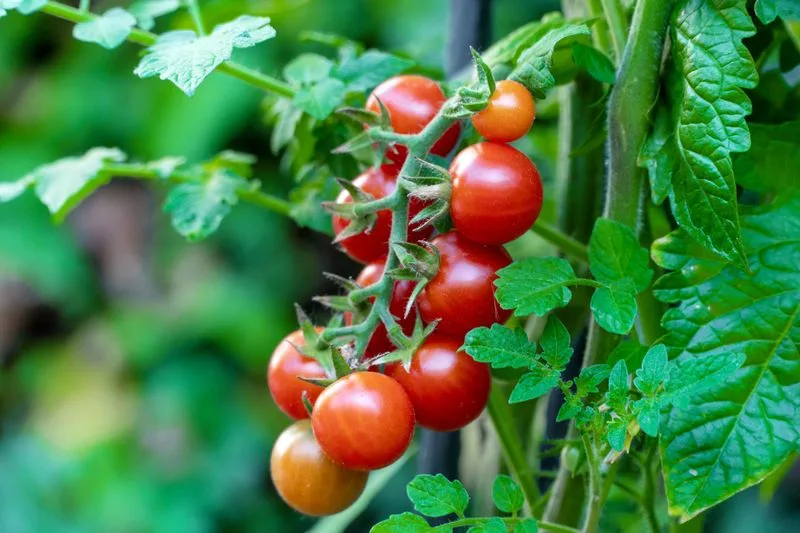
Tomatoes thrive in the heat, producing sweet and juicy fruits. These sun-loving plants are a staple in many gardens, offering a taste of summer in every bite. With proper care, they can yield a bountiful harvest all season long.
Ensure they receive full sunlight for maximum growth. Regular watering and staking will support the plant as it grows.
Did you know? There are over 10,000 varieties of tomatoes worldwide, each with unique flavors and colors. Whether you prefer cherry or beefsteak, there’s a tomato variety for every palette.
Bell Peppers
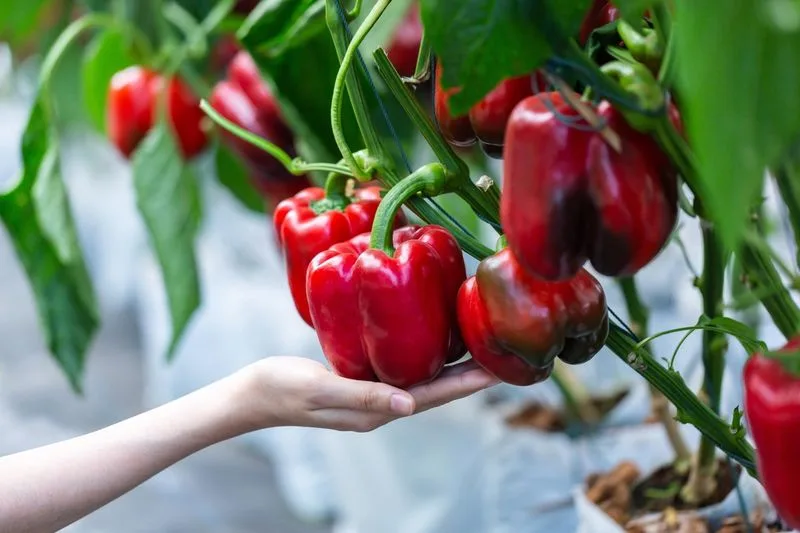
Bell peppers, with their vibrant colors, are a cheerful addition to any summer garden. These hardy plants love the sun and produce sweet fruits that are perfect for salads and grilling.
They require warm soil and consistent watering to flourish. Bell peppers come in a variety of colors, from green to red, yellow, and even purple.
Fun fact: Red bell peppers are just fully ripened green peppers. As they mature, they become sweeter and more nutritious. Enjoy their crisp texture and refreshing taste during the hot summer months.
Cucumbers
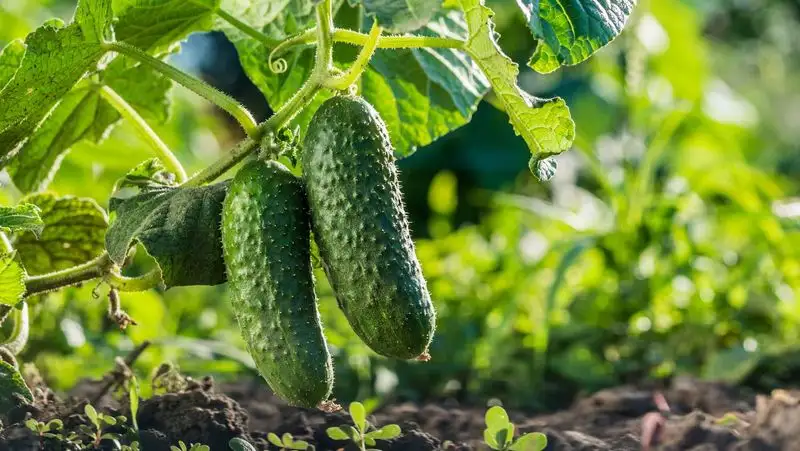
Cucumbers are synonymous with summer, offering a refreshing crunch that complements many dishes. These vines thrive in the heat and require plenty of sunlight and water to produce crisp, juicy cucumbers.
Cucumbers grow quickly and can be harvested in just a few weeks. They are perfect for pickling or slicing into salads.
Did you know? Cucumbers are 95% water, making them a hydrating snack during hot days. Their cooling properties are not just a myth; they truly help beat the heat.
Zucchini
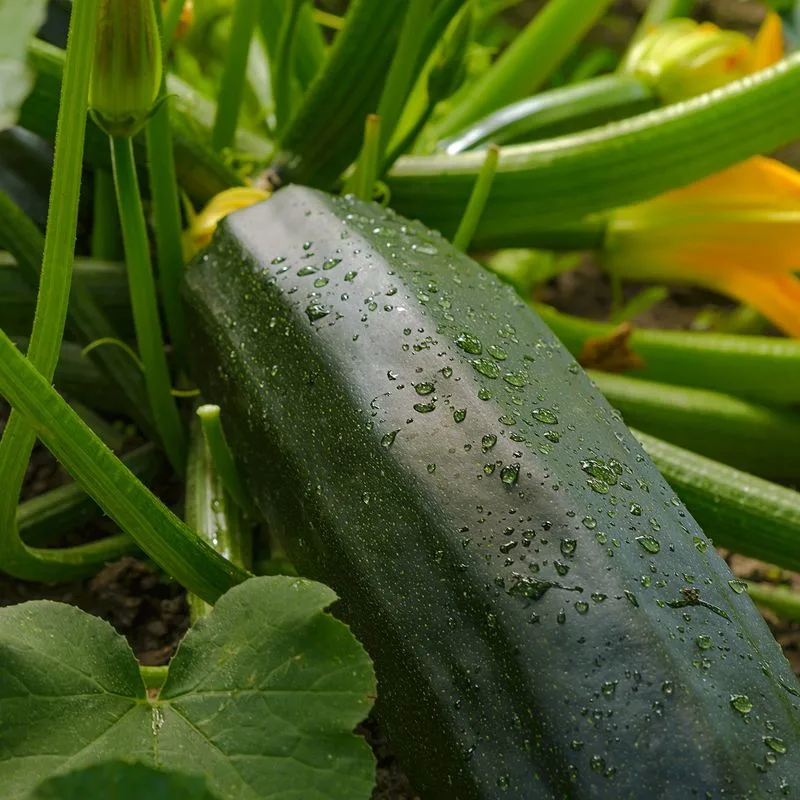
Zucchini is a prolific summer vegetable that thrives in warm weather. This versatile veggie is easy to grow and can be used in a variety of dishes, from stir-fries to loaves of bread.
Zucchini plants need full sun and regular watering for optimal growth. Their large leaves provide shade to their own fruits, protecting them from scorching.
Did you know? Zucchinis can grow up to a meter long if left unharvested. However, smaller zucchinis are more tender and flavorful, making them the preferred choice for many cooks.
Okra
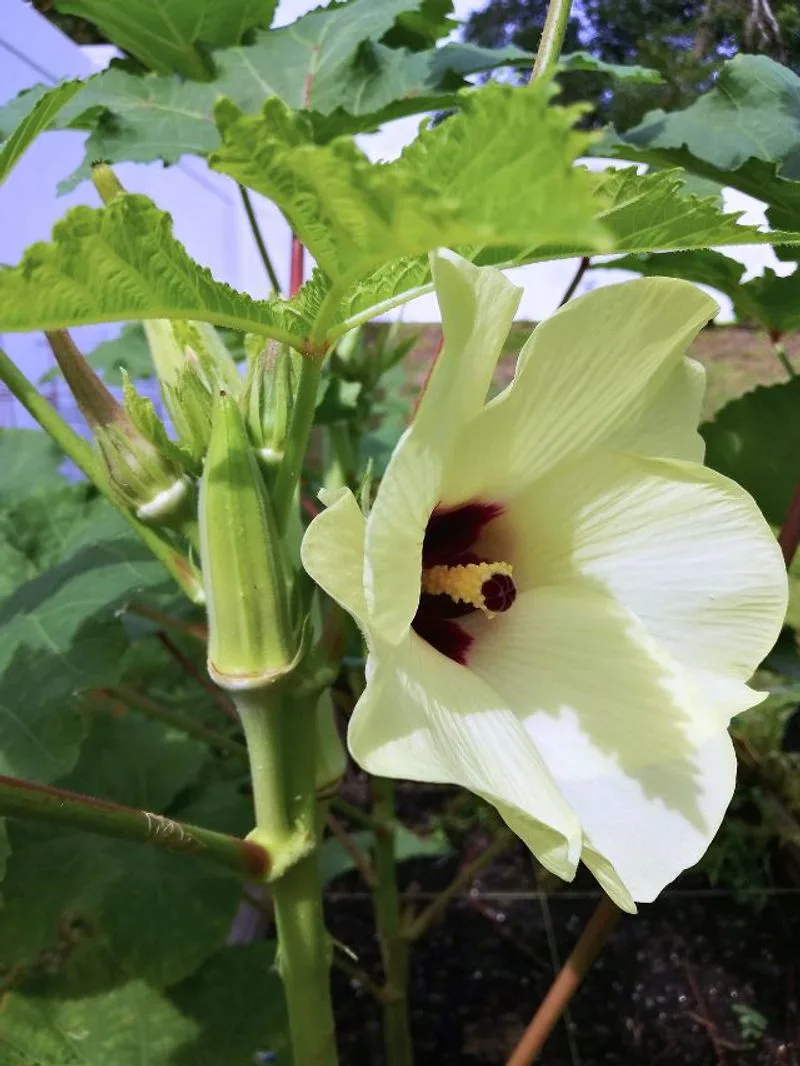
Okra, known for its unique texture, is a heat-loving vegetable that thrives in hot climates. This Southern staple is often used in gumbo and stews.
To grow okra, provide it with plenty of sun and warm, well-drained soil. The plant produces beautiful flowers before the pods form.
Fun fact: Okra is related to hibiscus and cotton, sharing similar flower structures. Its mucilaginous texture is ideal for thickening soups and stews, offering a nutritional boost to any meal.
Eggplant
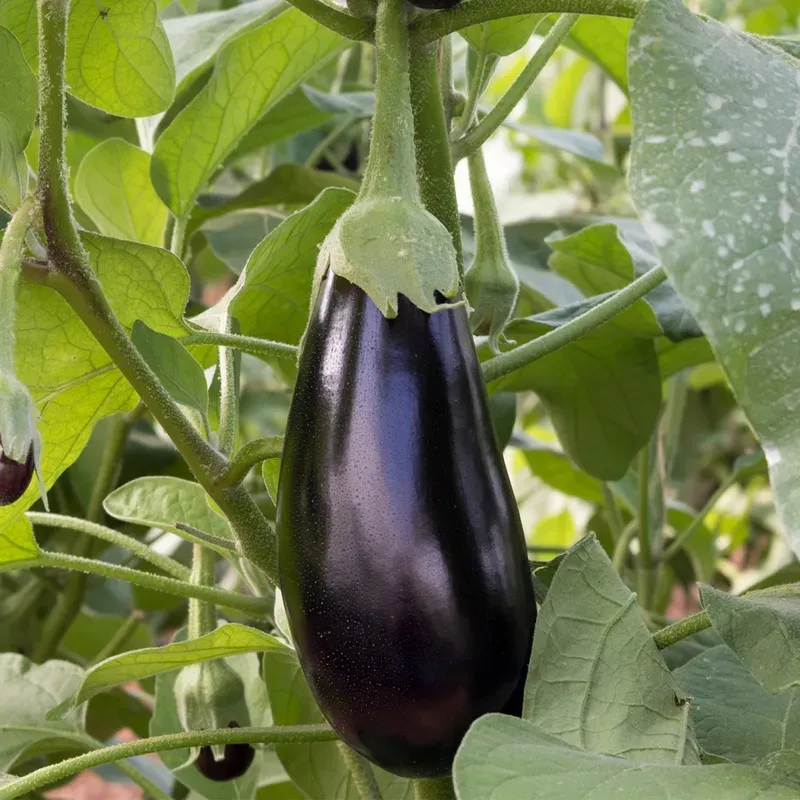
Eggplants are heat-tolerant, thriving in the warm summer months. These glossy vegetables are perfect for grilling, roasting, or making classic dishes like eggplant parmesan.
Eggplants need full sun and consistent watering to produce their large, flavorful fruits. They are also a beautiful addition to any garden with their vibrant purple hue.
Did you know? Eggplants are technically berries, and they come in various shapes and colors, from white to deep purple. Their spongy flesh absorbs flavors beautifully, making them a versatile cooking ingredient.
Sweet Potatoes
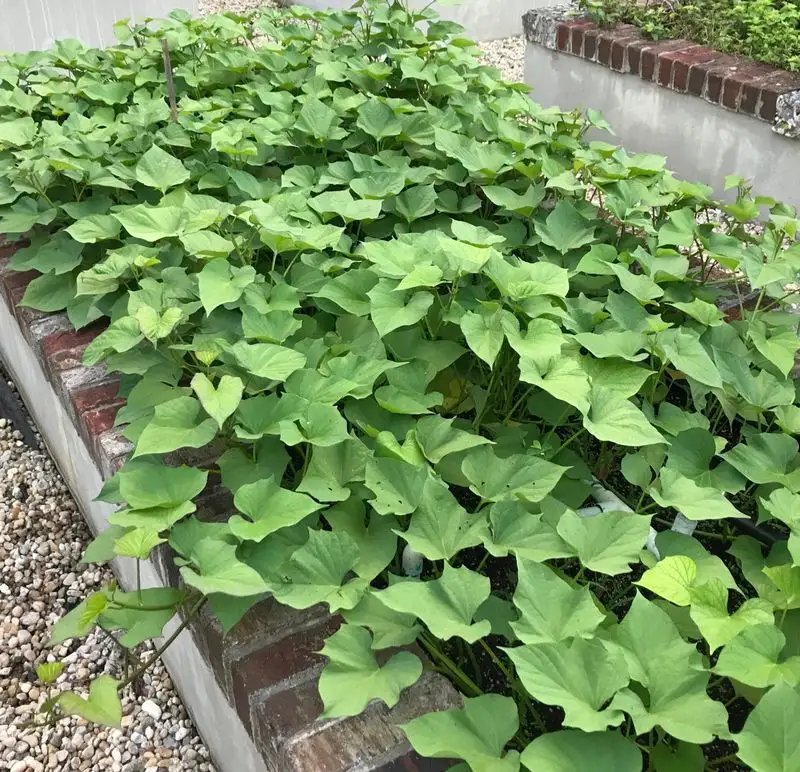
Sweet potatoes are a tasty and nutritious root vegetable that flourishes in the heat. They require a long growing season and thrive in warm, sunny environments.
These plants are easy to care for, needing well-drained soil and regular watering. The vines spread quickly, making them an excellent ground cover.
Fun fact: Sweet potatoes are not related to regular potatoes. They belong to the morning glory family and are native to Central and South America. Their vibrant orange flesh is rich in beta-carotene, promoting good health.
Corn
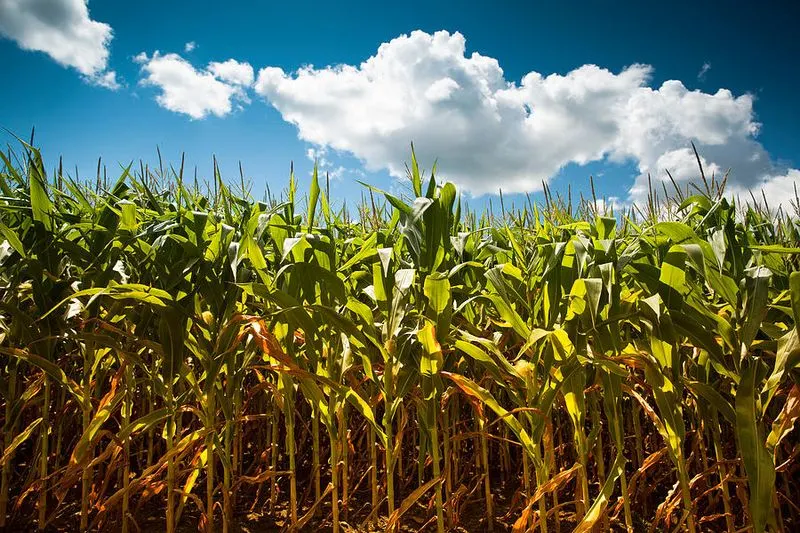
Corn is a classic summer crop, well-suited to hot, sunny conditions. This tall grass produces sweet, juicy kernels that are a favorite at barbecues and summer feasts.
Corn requires rich soil and plenty of water to grow tall and strong. It is wind-pollinated, so planting in blocks rather than rows enhances pollination.
Did you know? Corn is grown on every continent except Antarctica. Its versatility extends beyond the table, playing a role in biofuel and industrial products. Celebrate its bounty during the summer harvest.
Melons
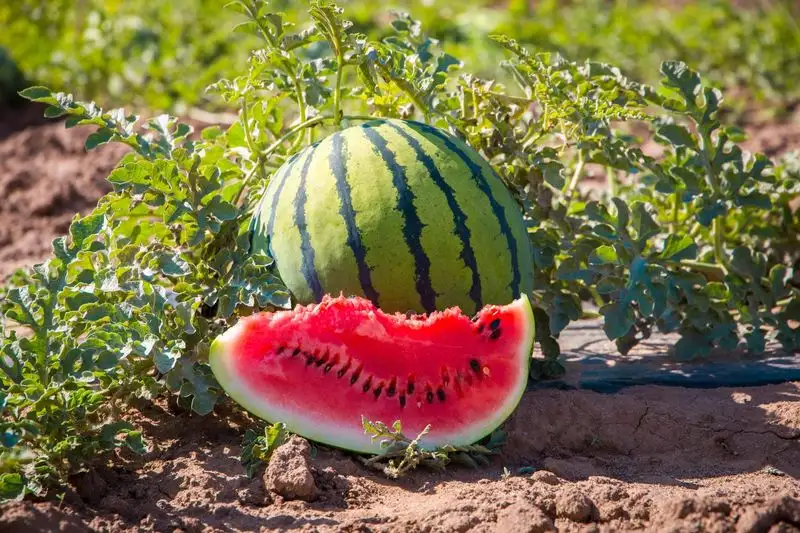
Melons, including watermelons and cantaloupes, thrive in the heat, producing sweet and juicy fruits. These sprawling vines adore the sun and need space to grow.
Melons require warm soil and consistent watering. They are a delightful treat, perfect for quenching thirst on hot summer days.
Fun fact: Watermelons are 92% water, making them an excellent source of hydration. They originated in Africa and have been cultivated for thousands of years. Enjoy them fresh, in salads, or as a refreshing juice.
Green Beans

Green beans are a summer favorite, offering crisp texture and vibrant flavor. These versatile legumes thrive in warm weather, producing abundant harvests with little effort.
They need full sun and regular watering for optimal growth. Whether you prefer bush or pole varieties, green beans are easy to grow and delightful to eat.
Did you know? Green beans are one of the most popular garden vegetables worldwide. They are rich in vitamins and fiber, making them a nutritious addition to any meal during the summer months.
Squash
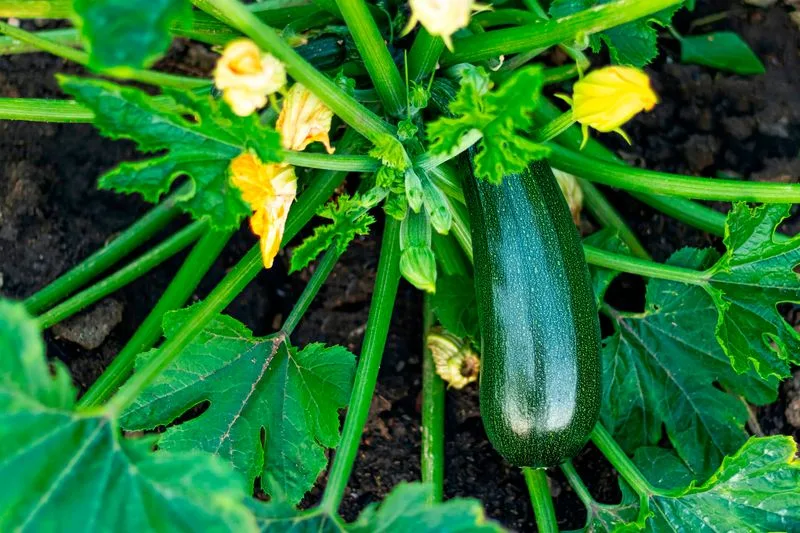
Squash, with its diverse shapes and sizes, is a heat-loving vegetable that thrives in summer gardens. From pattypans to crooknecks, squash offers something for every taste.
These plants require full sun and ample space to sprawl. Regular watering and good soil drainage help them produce flavorful fruits.
Fun fact: Squash was a staple crop for Native Americans, who called it one of the “Three Sisters” along with beans and corn. It remains a symbol of agricultural abundance and culinary versatility.
Hot Peppers
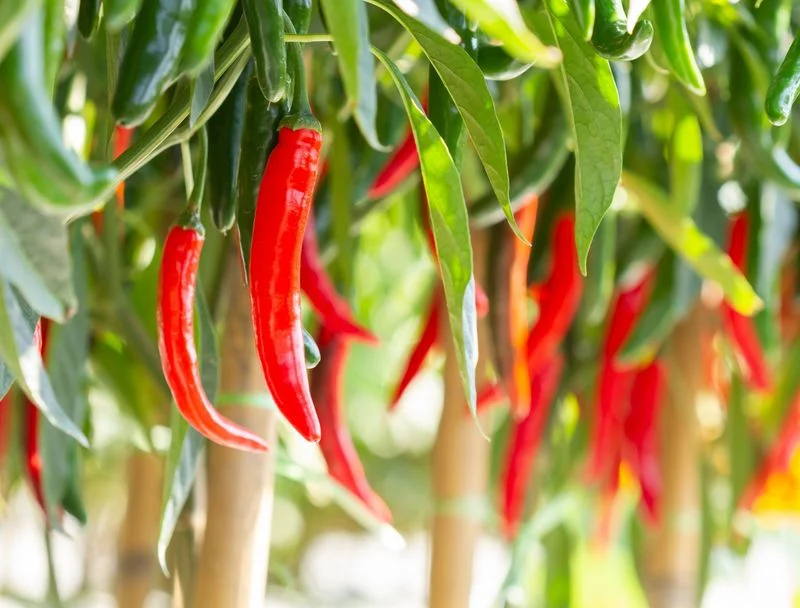
Hot peppers, with their fiery kick, thrive in the heat of summer. These spicy delights come in a range of varieties, from jalapeños to habaneros, each adding bold flavor to dishes.
To grow hot peppers, provide them with full sun, warm soil, and consistent watering. Their heat level varies, offering something for every palate.
Did you know? The heat of a pepper is measured in Scoville units, with some of the hottest varieties packing a serious punch. They add zest to summer cooking and are beloved by spice enthusiasts worldwide.
Basil
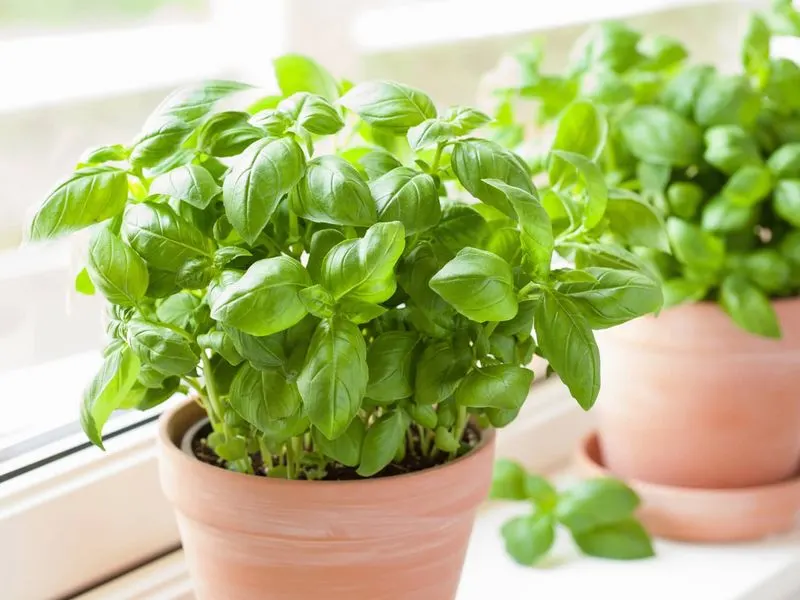
Basil, the quintessential summer herb, flourishes in the heat, adding aromatic flavor to countless dishes. Its fragrant leaves are perfect for pesto, salads, and more.
Basil requires full sunlight and well-drained soil. Regular harvesting encourages bushy growth and prevents flowering, which can make leaves bitter.
Fun fact: Basil is considered a symbol of love in Italy, where it is cherished for its culinary and medicinal qualities. Its sweet aroma and unique flavor are synonymous with summer cooking.
Sunflowers
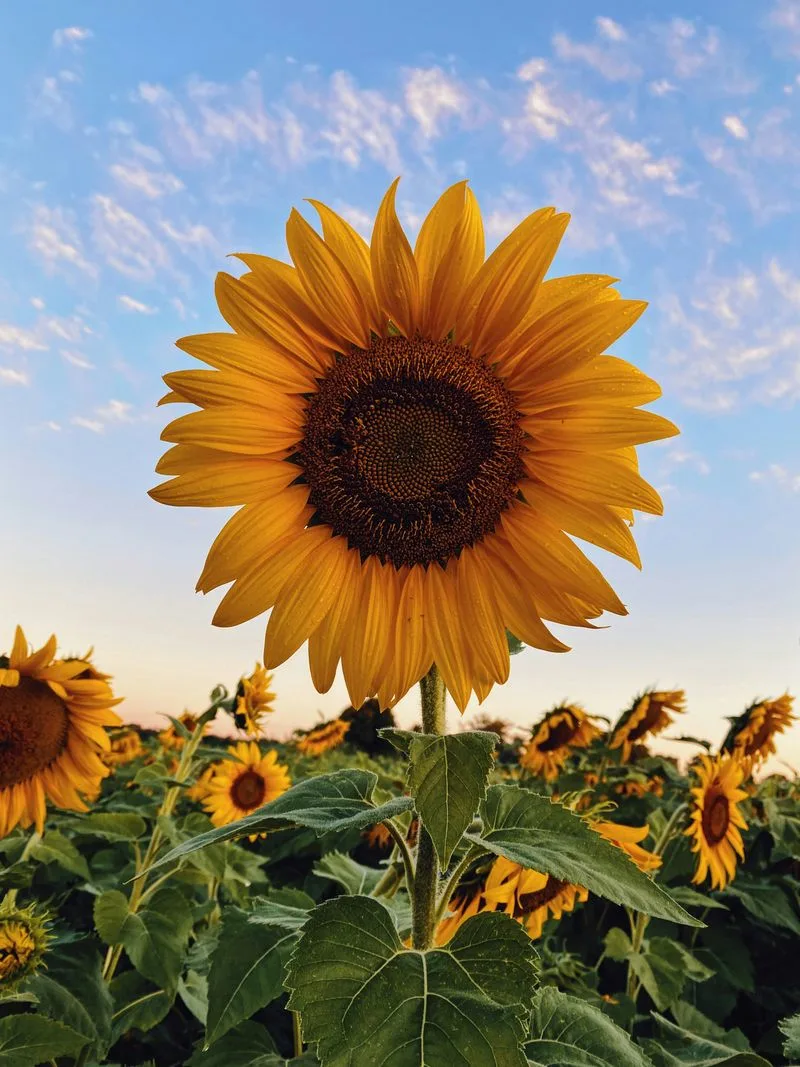
Sunflowers, though not a vegetable, are a quintessential summer plant known for their towering beauty. They thrive in the sun, reaching impressive heights and producing seeds rich in nutrients.
To grow sunflowers, provide them with full sun and well-drained soil. Their cheerful blooms follow the sun, a phenomenon known as heliotropism.
Did you know? Sunflowers are native to North America and were cultivated by indigenous peoples for their seeds’ oil and protein. They remain a symbol of warmth and happiness, brightening summer landscapes.
Collard Greens
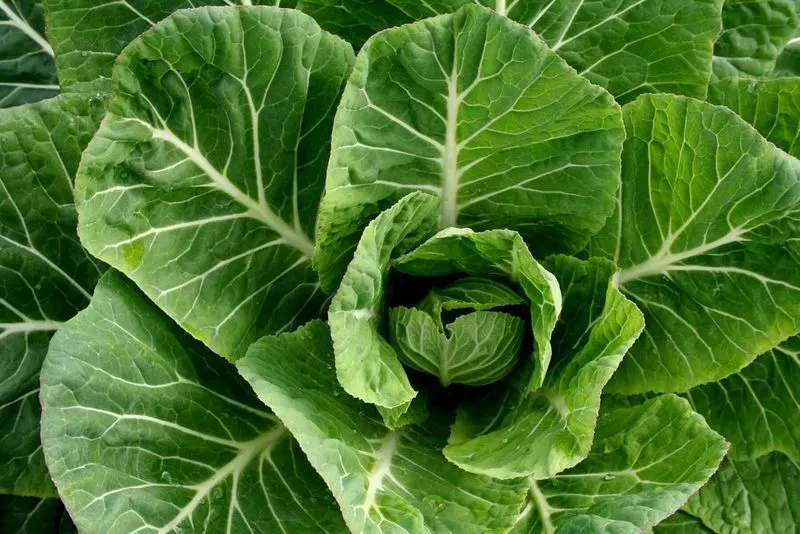
Collard greens, a staple in Southern cuisine, thrive in the summer heat. These robust greens offer a nutritious addition to any meal, rich in vitamins and minerals.
They require full sun and well-drained soil for optimal growth. Regular harvesting encourages new growth and ensures tender leaves.
Fun fact: Collard greens have been cultivated for thousands of years and are a relative of cabbage and broccoli. Their hearty leaves are perfect for wraps, stews, and sautés, making them a versatile summer vegetable.
Amaranth
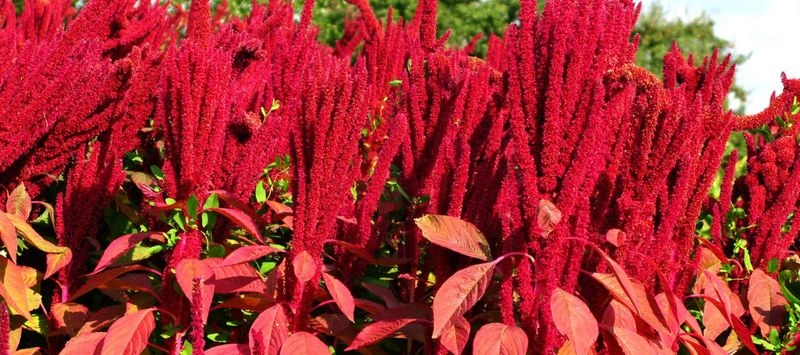
Amaranth is a heat-loving leafy green that thrives in summer’s warmth. Known for its nutritious seeds and leaves, amaranth is a versatile plant that adds color and flavor to dishes.
These plants require full sun and are drought-tolerant, making them suitable for hot climates. Both the leaves and seeds are edible and nutrient-rich.
Did you know? Amaranth was a staple crop of the Aztecs, revered for its vibrant colors and nutritional value. Today, it’s celebrated as a superfood, packed with protein, vitamins, and minerals.
Purslane
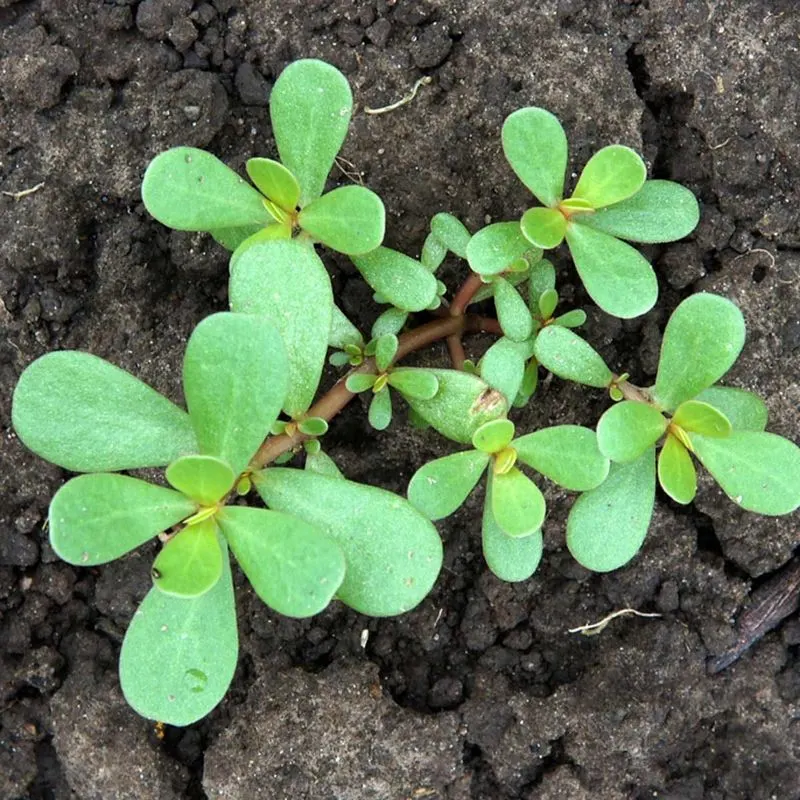
Purslane, often considered a weed, is a nutritious summer green that thrives in heat. Its succulent leaves offer a tangy, lemony flavor, perfect for salads and stews.
This hardy plant requires minimal care and is drought-tolerant, making it an excellent choice for water-wise gardens. Its vibrant yellow flowers add beauty to its culinary appeal.
Fun fact: Purslane is rich in omega-3 fatty acids, uncommon in plants. It has been used in traditional medicine and is gaining popularity as a nutritious edible green.

